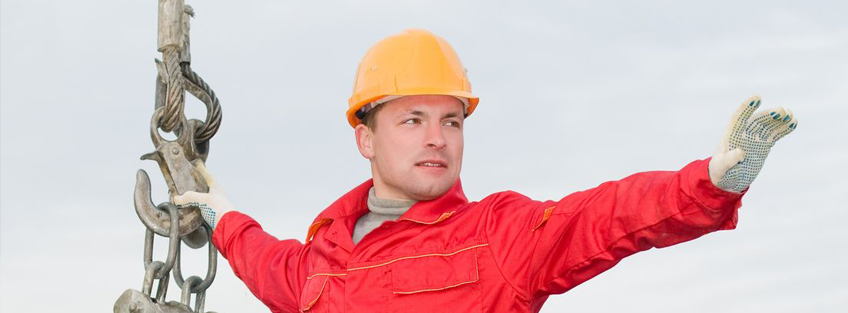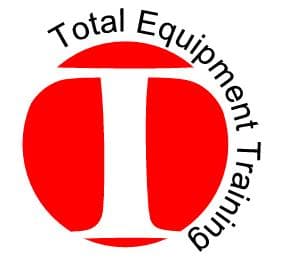The National Commissions for the Certification of Crane Operators (CCO) requires that every crane operator pass a written and practical exam in order to be certified. Knowing that your ability to pursue your career is premised on passing an exam can be rather stressful for some individuals. However, by setting aside some time to thoroughly prepare, and by reviewing the numerous study materials available, you can confidently take the test and become certified to operate a crane.

CCO Crane Terms for the Exam
If you’re just starting to begin your preparation for the CCO exam, or if you’re simply curious about what specific terms will be most heavily tested, we’ve got you covered. In this article, we list of some of the crane terms that you can expect to see on the CCO exam that you will need to know to pass.
On the CCO, you can almost certainly expect to see questions related to the various parts of a crane:
- Bridge – The part of the crane that includes the girder, trucks, ties and drive mechanism. It also carries the trolley and travels in the same direction as the runway.
- End Truck – The part of the crane that consists of the truck frame, wheels, bearings and axels. The end truck supports the bridge girders.
- Runway – The runways includes the beams, rails, brackets and the entire framework that the crane operates on.
- Load Block – The part of the crane that handles the hoisting ropes. It includes the hook, swivel and sheaves, as well as the frame that contains all those parts.
- Trolley – The trolley is the part of the crane that carries the hoisting mechanism. It travels along the bridge rails of a crane. The entire structure that allows the trolley to perform its traversing and hoisting operations is known as the trolley frame.
- Girder – The girder is the main horizontal beams of the crane’s bridge that supports the trolley. The girder has a slight vertical curve, known as the camber, which is designed to compensate for deflection resulting from the hook load and the overall weight of the crane. The top and bottom plates of the box girder are known as cover plates. Cover plates are connected by vertical plates called web plates.
- Drive Girder – This is the girder that supports the bridge drive machinery.
- Hoist – This is the device that lifts and lowers a load. A crane may use an auxiliary hoist to handle lighter loads at a faster speed.
- Sheave – A pulley device that can change the direction and point of application of a pulling force.
CCO Crane Term Definitions You Need to Know for the Certification Exam
There will also be definitions that you’ll need to know that are related to the operation of a crane:
- Capacity – A crane’s capacity is the maximum rated load that it can handle. Capacity is typically measured in tons.
- Clearance – The clearance is measured by the minimum distance between the extremity of the crane to the nearest obstruction (such as another building).
- End Approach – The distance between the crane’s extremities and the centerline of the hook. The distance is measured horizontally, parallel to the runway.
- Hook Approach – Consists of the minimum horizontal distance between the hook and the center of the runway rail.
- Lift – Refers to the maximum vertical distance through which the hook, magnet and bucket can safely move.
- Load Cycle – consists of one lift cycle with load and one lift cycle without load.
- Rated Load – The rated load is similar to a crane’s capacity. It refers to the maximum load that the crane is designed to safely handle.
- Regenerative Braking – A technique used to control the speed of a crane that feeds electrical energy generated by the motor back into the crane’s power system.
- Span – Measure of the horizontal distance center-to-center of the runway rails.
- Two Blocking – Refers to a situation in which either the load block or the load on the hook has jammed itself against the crane resulting in an inability to wind up the hoist any further.
- Wheel Load – The load on any wheel of a crane with the trolley and the lifted load positioned on the bridge to provide maximum loading.
Other topics of importance for the CCO Exam
It is important to remember that while basic crane terminology is a good launching point when studying for the crane certification test, the CCO exam will require that you have knowledge beyond these terms and definitions. The CCO will also expect that you know the different types of cranes and how to operate them. This includes an understanding of the crane’s functionality and its limitations. You will also be expected to know about the various safety features of a crane and how to respond in emergency situations. Finally, you will need to have a general knowledge of any applicable rules or industry standards that apply to crane operation, such as the ASME B30.5, ASME B30.10 and the OSHA 1910.180. The more you have a complete understanding of these components, the more likely you will pass the CCO exam.

